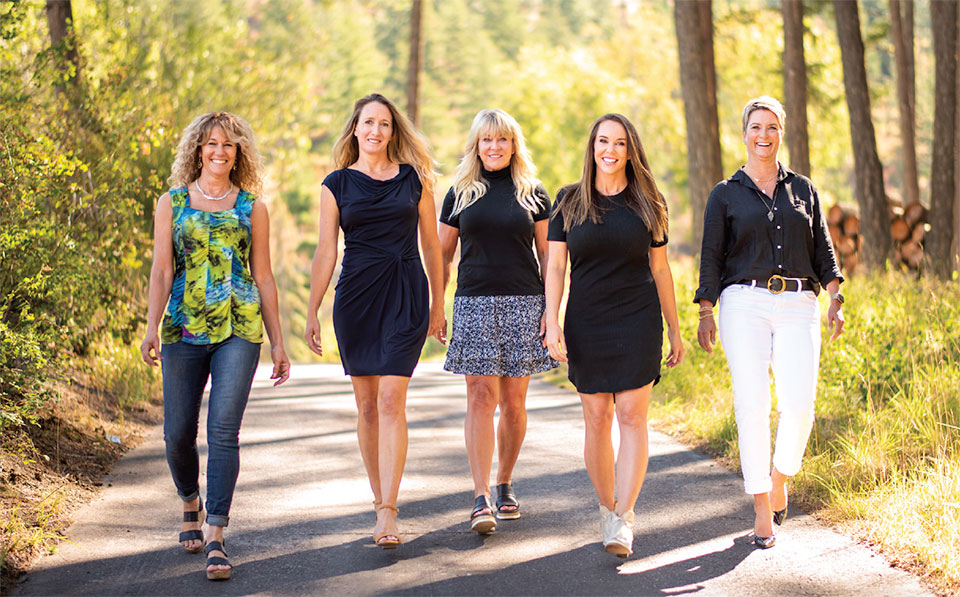The Current State of Flathead Valley Real Estate
A Roundtable Disucssion with Local Realtors
moderated by SABINA DANA PLASSE, photography by KRISTEN BINDER

This summer, Western Home Journal conducted an in-person Real Estate Round Table in Bigfork, Montana. A lively and informative discussion about the state of things was held at a home with expansive views overlooking Flathead Lake. Real estate agents Amy Bain-Wilson of Glacier Sotheby’s International Realty, Jennifer Shelley of PureWest Christie’s International Real Estate, Megan Warren and LeAnn Siderius of Nexthome Northwest Real Estate, and Sonja Burgard of Engle & Völkers presented their experience and expertise on the current local real estate market. The consensus was that Flathead Valley is as attractive as ever to individuals, families, retirees, and second-home owners.
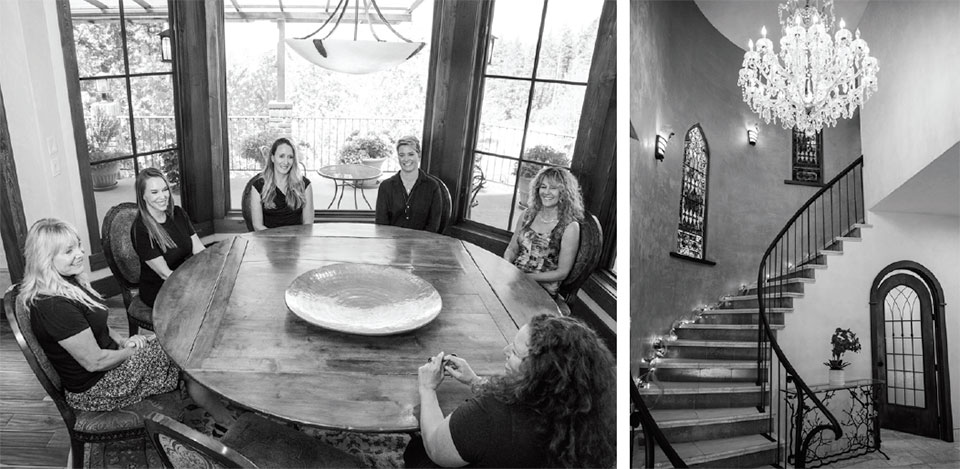
whj : What is your background, and how does it inform your area of expertise in the Flathead Valley real estate market?
LeAnn Siderius: I’ve been in the real estate business for over 25 years. My partnership with Megan began four years ago. My grandparents settled in Somers in the early 1900s, and I’m a third-generation Montanan. I raised my two boys on the family farm as a single mom. My family has always been involved in mindful development and construction in addition to farming. I have a vast knowledge of the Valley and feel extremely fortunate to live and work in one of the most beautiful parts of Northwest Montana.
Megan Warren: I am a sixth-generation native to the Flathead Valley, and my boys are seventh. I grew up always having an interest in real estate, building, and design, as a teen and young adult I enjoyed remodeling, flipping, and investing in properties. I decided to pursue my real estate career in 2015 when my husband and I decided to move back to the Flathead. I was incredibly blessed to have been offered a position at Properties Northwest Real Estate by Larry Wakefield. The group of six incredibly seasoned and knowledgeable agents at Properties Northwest took me on and really mentored me and helped me along in my career. I partnered with LeAnn Siderius in 2018 to better serve our clients; we strive to make the buying and selling process of real estate fun and enjoyable and cover all areas in the Flathead Valley.

Sonja Burgard: I’m based out of Whitefish and work in the entire valley specializing primarily in luxury and residential real estate. I grew up in Kalispell and have a teaching background in art and photography. In addition, I owned a few restaurants in the Valley and Bozeman.
Amy Bain-Wilson: I am also a sixth-generation Montanan, and my children are the seventh generation. My family homesteaded in Proctor, Montana, near Flathead Lake in the 1800s. I have been in some form of real estate my entire life, a licensed Realtor since 1997, developed and invested in multiple properties, and my father is a general contractor. I specialize in residential, commercial, and investment properties. I cover western Montana from my home in Missoula and another home in Lakeside.
Jennifer Shelley: I was fortunate to have discovered northwest Montana 35 years ago and made it my home! I obtained my real estate license 13 years ago in the recession, and prior to that, I worked in the software development and technology industry. I am a single mom of four children passionate about this valley, helping buyers and sellers with their real estate goals. I have assisted many wonderful clients in all parts of the Valley and enjoy the different micro-markets and communities in northwest Montana!
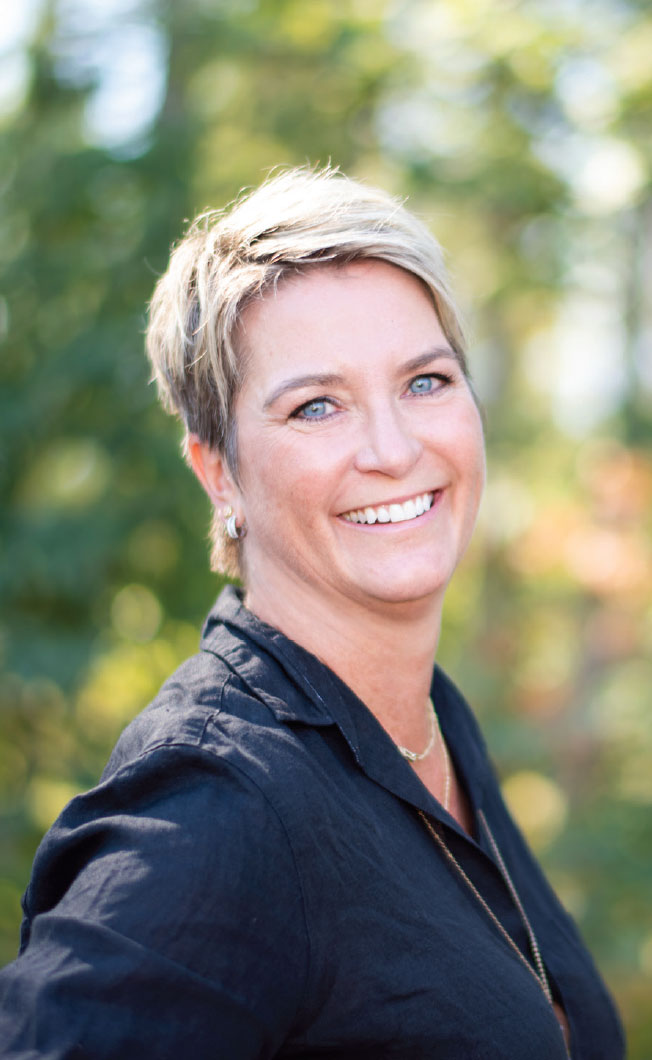
It starts with knowing your market and having market knowledge to share. Having common ground with your clients is important as we are a team working together toward the same goal. In this shifting market, we must educate our clients on current market trends and try to assist in controlling the narrative.”
-Amy Bain-Wilson, Glacier Sotheby’s International Realty
whj : What does the client relationship mean to you?
ABW: It starts with knowing your market and having market knowledge to share. Having common ground with your clients is important as we are a team working together toward the same goal. In this shifting market, we must educate our clients on current market trends and try to assist in controlling the narrative, as the media can be alarming. Knowledge of our markets is fundamental, and we must be able to convey that to our buyers and sellers.
JS: Establishing a relationship is vital. Finding one common element with a new client on that first call, I look for that first connection point and work to begin establishing their trust. Finding common ground, which you can do with almost everyone, and taking that and developing a client’s understanding of all those significant areas of interest and passions they have and the areas they can discover here. We have a diverse valley. Every little town is different, and there is something for everyone. Clients appreciate that. I get the map out to help clients understand that all these little mini markets truly make one big, small town, but they are all very different in their own ways.
MW: I am very passionate about people and the people here in the community. Building a client relationship requires transparency and authenticity about our market and the trends we are experiencing at any given time. Establishing a genuine relationship is crucial, some of these real estate decisions our clients make are some of the biggest decisions they will make in their life. We do not take this responsibility lightly; this is what truly inspires me.
LS: Client relationships are everything! Our goal has always been to build lasting relationships by providing the best service possible while sharing our knowledge of the valley and the real estate market. It’s not about making that one sale, it’s about longevity and repeat business. It’s about going the extra mile for our clients. As a real estate agent, if you’re thinking about your commission, you’re truly not putting the needs of your client first. The majority of our business comes from referrals from our past clients. Our clients become our friends.
SB: This business is ALL about relationships for me. Listening to clients’ needs is my biggest goal. When I know their needs, I can guide them better.

whj : How did COVID alter how you connected with clients?
LS: It was tough at first. There was a real sense of urgency for buyers coming to Montana from the big cities. Building relationships over the phone or behind a mask was challenging. We previewed or skyped a lot of properties for buyers. Buyers were purchasing homes and property sight unseen. It was the first time in my career that we had multiple offers on properties over the list price. Buyers had to rely on our knowledge of the valley and put a lot of trust in us as real estate professionals. Many of the buyers we worked with had never even been to Montana before.
MW: We had a huge influx of out-of-state buyers, and like many, they were just trying to find a place to settle in Montana. Often buyers were intrigued by all that Flathead Valley offers, and relationships began to form via FaceTime before meeting them face to face. It was neat to see how open and forthright buyers became about their dreams and what they valued, I would say that is one of the positive changes we experienced through and after Covid. Being able to help buyers dial in on what they are looking for in a home or land and pairing them with the right community just became so crucial.
JS: During COVID, when you were selling properties with masks, gloves, and booties and were not driving with buyers in a car to look at the Valley or spending time with clients to establish relationships, it was a bit of a disconnect from the interaction we usually have with clients. Part of the enjoyment of what we do is meeting people and finding out who they are to connect them with the things they like to do. From 2020 to 2021, the buyers you already had quickly bought instead of waiting. Those looking to purchase in the next two to five years promptly bought. And then buyers fleeing pandemic cities who may never have heard of Flathead Lake and our other recreational gems came and purchased as well!
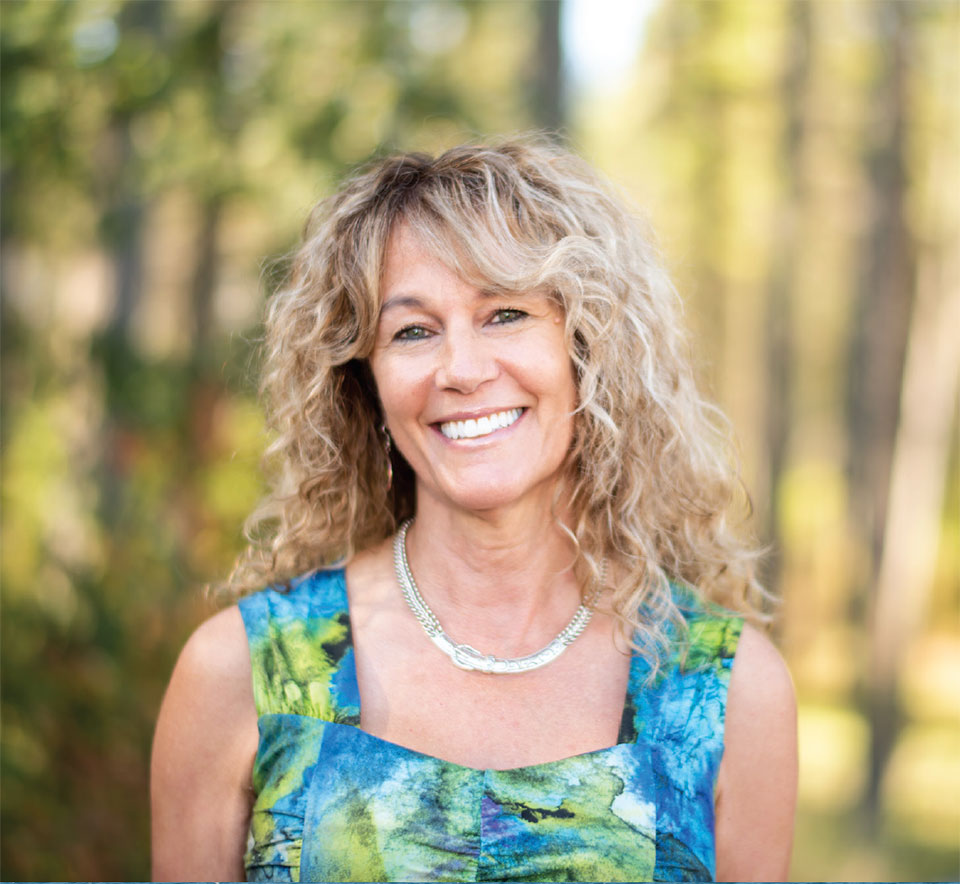
“Buyers are being a little more cautious, and my analogy is, during COVID, some buyers would jump off the cliff with no life jacket, and now they have put on their life jackets and are dipping their toes in the water before making a quick purchase.”
–Jennifer Shelley, PureWest Christie’s International Real Estate
SB: I had to navigate the odd new existence yet remained dedicated to understanding my client’s goals.
ABW: You became a local tour guide and conducted virtual showings, and “Zoom” happened.
whj : Inventory is low. What are the options for buyers? How do sellers see this and weigh their opportunities?
SB: We had to get used to a new market, but it is balancing out, and we are seeing new inventory. We advise sellers and manage price expectations based on what they are seeing. Now, sellers must be more diligent about their pricing strategy. We see price reductions everywhere. Buyers have a little more leverage than they did two years ago.
JS: Our available inventory is slowly growing, and days on the market are increasing compared to the last two years of unprecedented market acceleration. Buyers are being a little more cautious, and my analogy is, during COVID, some buyers would jump off the cliff with no life jacket, and now they have put on their life jackets and are dipping their toes in the water before making a quick purchase. For sellers, during COVID, when things were changing so quickly, and they would ask about pricing, the answer would be, ‘Well, let’s get out the dartboard.’ In addition, for pricing, we used to look back six months, and during COVID, it seemed the market kept changing every few weeks, so establishing a good benchmark comparable for pricing was quite a challenge.
MW: When inventory is low, buyers struggle to find housing, whether it’s a home to buy or to lease; and this is where our market has been for nearly two years. Up until this March, it had been very much a seller’s market. However, these last six months we have seen the market shift. Buyers have more control and patience as things begin to rebalance in the housing market.
ABW: Some sellers are trying to price at last year’s prices versus buyers who are offering at what they think next year’s prices will be. It is a matter of us trying to find that middle ground with both, bring them to the table, and make it a win-win for each party
MW: JS: We have people who bought homes because it was the only thing available, and now, some are trying to sell and find something else.
ABW: They bought something to get here, and now they know what areas they like so they want to sell and buy in another area like Bigfork, Whitefish, etc.
whj : How have rising interest rates affected buyers?
ABW: There is a great deal of managing expectations. Again, market knowledge is important. Know the current rate. Connect them with a lender who can advise on monthly payments and different forms of buy-downs or larger down payments.
LS: I think it has affected first-time homebuyers and entry-level homebuyers the most. With high market prices and rising interest rates, many are priced out of the market. It’s sad for those folks. When rates were at an all-time low, they obviously qualified to borrow more money. The market has definitely softened as the rates increased. The days on market are longer, and inventory is up. I think buyers are waiting to see if prices will continue to drop. When you have cash investors competing with first-time home buyers for the same property, it creates a difficult scenario for the latter.
JS: The previous $350,000 entry-level first-time home- buyer is like a $525,000 buyer now; with the combination of increasing interest rates and market pricing, it has been a challenge for buyers in those price points.
SB: I feel we had to work extra hard with our lending buyers, but it wasn’t impossible. You would come across a seller saying, ‘I want to sell to someone who wants to live here and take that over cash.
MW: Buyers are electing to wait for prices to adjust down, even as rates climb because they have time on their side now. What will be interesting to see is how the sellers respond to this adjustment because many of them were able to purchase at all-time low-interest rates and will now be entering a market where our rates continue to climb.

whj : What can buyers expect from the buildingprocess in our area?
SB: The price per square foot has increased compared to what people are used to now. The building can take a bit longer with availability and supply, but it’s not impossible.
MW: The builders have really struggled to keep up with the demand. It has been very difficult for builders to find subs, and many have started to bring subs in from other areas because the demand for labor is so high. Several builders I know have turned to lease rentals or hotels to bring in some of these workers. Ultimately, these costs are passed onto the buyers, and it’s important that the clients understand that there is a struggle in the industry. It simply just costs more to build now, and clients also need to be aware that there will most likely be delays with completion dates. We have some incredible builders in the valley, and it’s a great route to take, buyers just need to have patience.
BW: It’s different. Builders are bringing in subcontractors from out of state instead of locals because there are not enough in our labor pool here. Some builders are out two years before they can begin a project.
whj : How are sales driving the market? Are longtime landowners selling out? Are generational ownership changes with homes, businesses, and properties happening?
JS: It’s about finding the niche and the homes being built. It’s also about the cost of the infrastructure. Who knows if there will be an oversupply or if builders will step back and plan their staging and phases differently?
MW: Some of the development projects that were on the docket for the upcoming year have decided to hold off on breaking ground. Costs have been high for too long, and we’re finally seeing material costs dropping so that could potentially spur developments to pick up again. We have seen generational families sell their homes, land, and businesses, picking up and moving elsewhere for many different reasons. For a long while these families, like many others, were taking advantage of the seller’s market.
JS: I read that in 2021 there were 7,000 new business licenses filed in Flathead County. It will be interesting to see the lifespan of those businesses and the type of folks it has brought. The first challenge was housing, as in, ‘Where do my employees and I live if I moved my business here?
LS: We are definitely seeing generational landowners selling out, more so on the east side of Montana versus the Flathead Valley. Ranching and farming are tough industries, and when your kids aren’t interested in taking over the family business it is hard to pass up the opportunity to sell. The large tracts are being bought by big corporations at a premium. Years ago, I remember my dad telling me you can’t profit by farming land if the price per acre is over $3,000. Today we’re seeing larger tracts on the valley floor selling for $50,000 an acre. As a native of the valley, it is tough to witness some of the changes and watch the farmland being developed for housing. On the other hand, you can’t stop the growth, and you can’t blame people for wanting to live here.
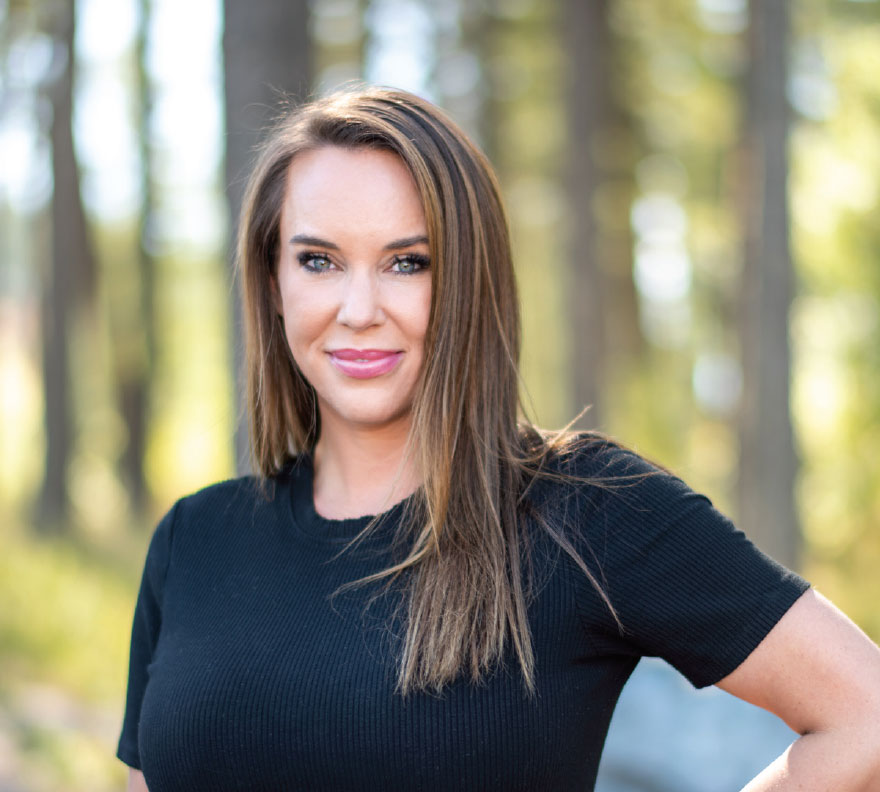
“Building a client relationship requires transparency and authenticity about our market and the trends we are experiencing at any given time.”
-Megan Warren, Nexthome Northwest Real Estate
MW: Many small businesses are popping up with the influx of people. One of the struggles our small business owners are facing is affordable commercial real estate, both on the buy side and the leasing side.
ABW: I think we are seeing commercial sellers taking a step back to sell so they can amp up their business so that it pencils for the next investor.
SB: From my experience, I have helped generational property owners move out of state for family or downsize in the Valley. I didn’t experience anyone selling out.
whj : How do you evaluate a property to sell in this market?
JS: It starts with the seller’s goal, then you will be available to develop a plan based on that goal and try to build your price point on finding comps going back two to three months, which are volatile and changing. So, we try to give them an educated evaluation and opinion of value based on whatever micro market they are in and the competition that is out there.
SB: Again, it’s all a balancing act. It’s about what has sold, what’s on the market, and the seller’s goals.
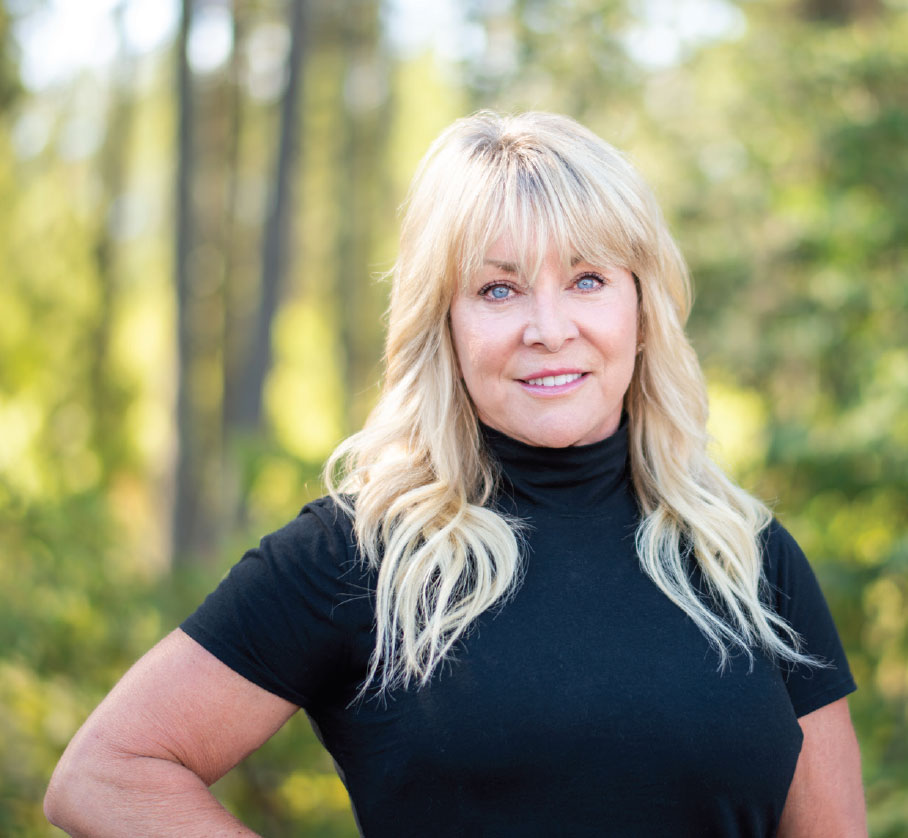
“As a native of the valley, it is tough to witness some of the changes and watch the farmland being developed for housing. On the other hand, you can’t stop the growth, and you can’t blame people for wanting to live here.”
-LeAnn Siderius, Nexthome Northwest Real Estate
MW: It does feel like we are getting back to pre-covid pricing. We are watching our current market values and analyzing how it compares to previous years. We have a moving target right now in the real estate industry, so I find it helpful to look at prior years, months, and seasons and then compare data to our current circumstances.
ABW: You must have that crucial conversation with sellers explaining what is happening today and what pricing looks like. It is not the same as it was three to four months ago. If they sell at the price they want (top of or over-market), how will they feel if they don’t have multiple offers in a week, a month, or even up to six months?
LS: Managing the seller’s expectations is key to pricing properties. We show sellers comparable sales from the last six months but caution them about the changing market. We see the most activity in the first two weeks of taking the listing, so you don’t want to be overpriced. A lot of times sellers end up taking less for their homes from being overpriced versus having them priced right from the beginning. We never want to leave money on the table for our sellers so pricing property correctly in a declining market is critical.
JS: I keep a folder of pricing recommendations for my clients. You try to go with your comps, and there are so few, so you must explain the difference between Kalispell, Whitefish, Bigfork, etc.—the micro-markets that can be very different.
whj : What are the real estate trends that you are currently seeing in the Flathead Valley?
ABW: I think all segments of the market are still moving. I have seen land being bought up, especially for multi-family. So, more units will come on board in all our communities. Waterfront is still prime, and view properties with privacy continue to be a trend.
JS: With the depletion of inventory and expansion of housing all over the Valley, it’s interesting to see how each different area is experiencing that growth and projecting trends into the future.
LS: The market is definitely changing. Prices are leveling out, and we’re seeing a lot of price reductions on properties that have been on the market longer than 30 days. The frenzy of Covid has passed, and buyers are much more analytical than emotional about their purchases.
ABW: We still have buyers. They are more discerning and willing to wait and see what comes available in the coming months.
MW: We’re seeing a healthy balance for buyers and sellers in the home-buying process. Buyers have time to do thorough walk-throughs of properties and can also have decent timelines for home and property inspections. Buyers having time to complete their due diligence is so important and in the long run, really benefits both parties. Sellers are also negotiating on pricing and are also making some concessions during the process. We have seen parties agree on rent-back scenarios, and overall are working well together.
JS: During COVID, some buyers wanted to forego inspections due to the overwhelming competition from other buyers. Now that is changing.
LS: It’s gone from no inspection to inspection, but it is still as-is. Sellers still don’t want to do anything.
JS: You must educate clients on the entire contract and how it all comes together. It’s a big deal.
SB: The playing field has become even, and that is not a bad thing because the frenzy was not sustainable.
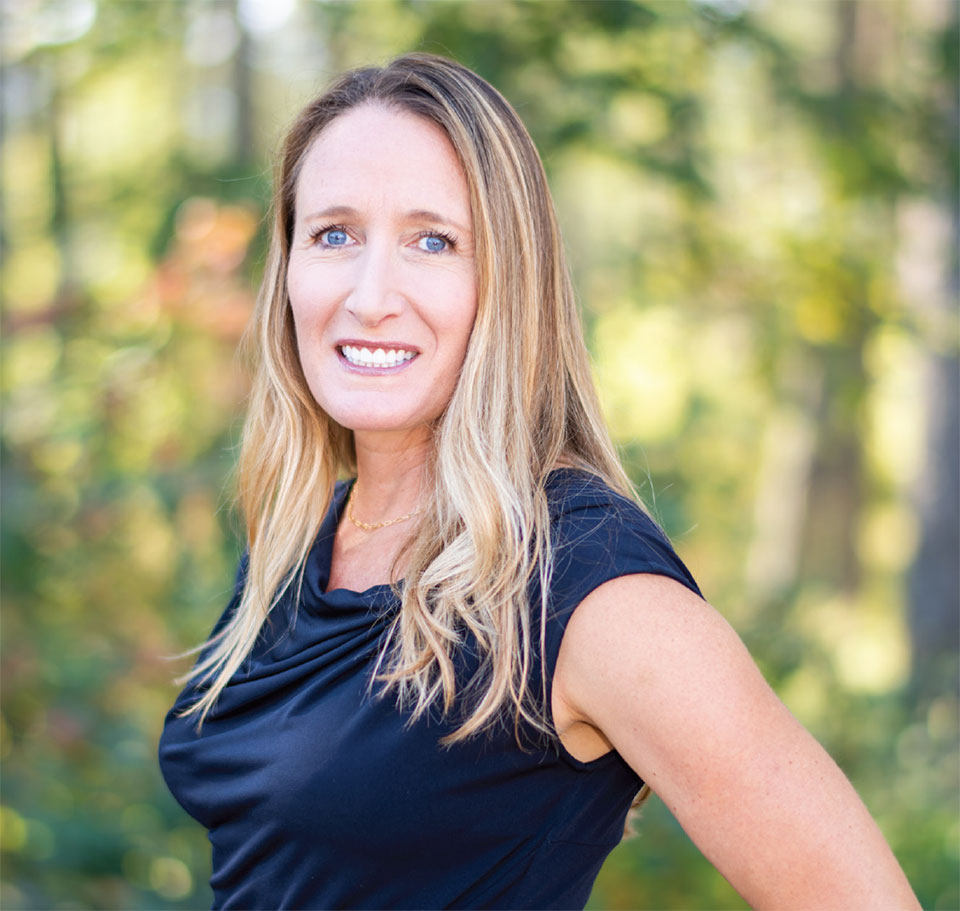
“This business is ALL about relationships for me. Listening to clients’ needs is my biggest goal.
When I know their needs, I can guide them better.“
-Sonja Burgard, Engle & Völkers
whj : Is there an influx of year-round homeowners?
LS: We are definitely working with clients moving into the valley who are looking to stay. Logan Health and Applied Materials have been hiring, and we’ve had the privilege of finding homes for those families. We have also worked with people moving here to start their own businesses or buy existing businesses. Year-round homeowners plan on putting down roots, raising their kids, and getting ingrained in the community. We also have the year-round homeowner that has been able to stay and continue to work remotely.
JS: Some sellers are not selling because they want to keep their current lower interest rates if they have an outstanding mortgage. Employers are calling some workers back to the office, and they cannot continue working remotely. We have buyers now taking a step back, waiting and watching for price reductions.
MW: We do have more year-round clients here than some of the seasonal clients we have had before. Many of the seasonal clients have actually made Montana their primary residence now and working remotely and traveling outside of the state when needed.
ABW: Yes, people are staying longer through the year in the second home market if not the full year. They are also watching and waiting for price adjustments to sell and/or buy another home in a different micro community like Columbia Falls, Lakeside, etc.
MW: Some are looking at price drops if they sell. They want to move into a different neighborhood.
SB: The buyers I helped get here are staying here.
whj : What are the primary attractions for new buyers?
ABW: Access to open space, year-round recreation, and privacy.
MW: Adding flights at the airport has made a difference, along with relaxed restrictions on personal freedom versus other states.
LS: Definitely the lifestyle. People are trying to find the right balance between work and play. Long-term buyers are looking for a better quality of life found in Montana. Vacation home buyers are looking for a place to relax and unwind. The main attraction for both is the beauty and the recreational benefits found in the Flathead Valley.
JS: As I mentioned, Flathead Valley is still an incredible place to live, and there’s nothing like it anywhere. Aside from its beauty and the abundance of recreation opportunities, it’s a community of amazing people and opportunity.
SB: It’s about simpler living and people choosing a lifestyle—it’s the attraction to the small-town way of life and the abundance of recreation opportunities, it’s a community of amazing people and opportunity.

